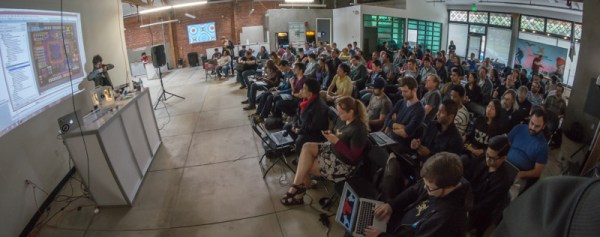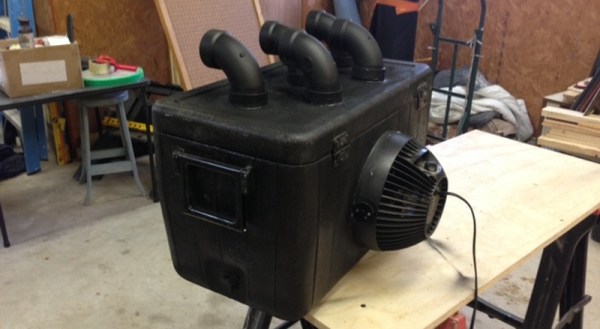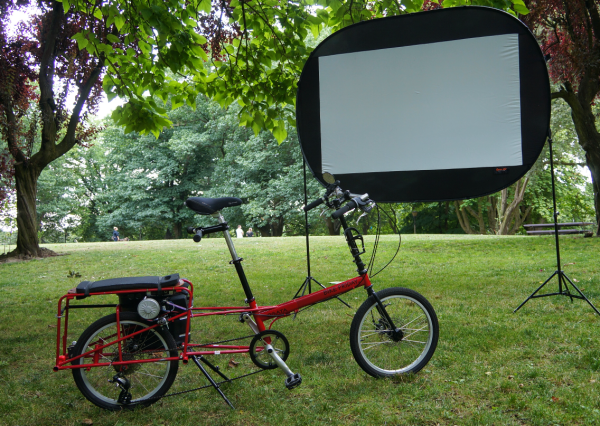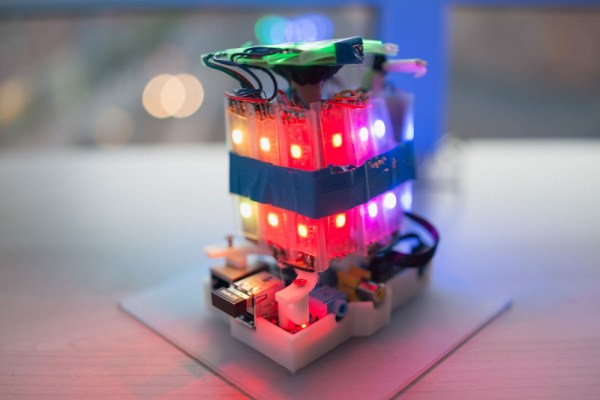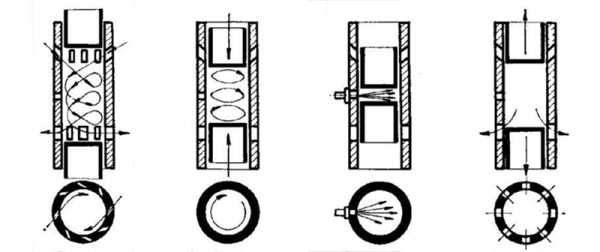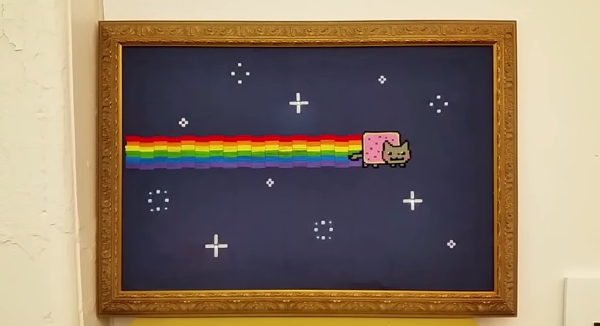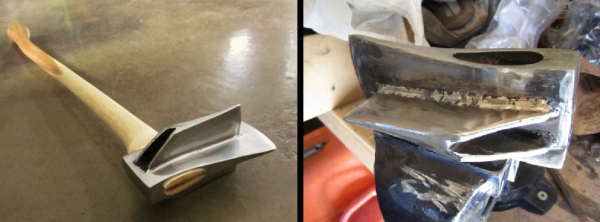Firewood aficionado and general axing enthusiast [KH4] likes to cut and split his own fire wood. To burn a tree trunk sized piece of wood efficiently, it has to be split into 4 smaller pieces. [KH4] does this with 3 axe swings, the first splitting the main log in 2, then splitting each half in half again. Although he likes swinging the mighty axe, he still would like to increase the efficiency of each swing.
Well he’s done it! This is accomplished by making a Cross Bladed Axe that has an X-shaped head. Each axe swing should split a log into 4 pieces. That results in 66% less swings for the same amount of wood split!
This projected started with two spare axe heads. One was cut in half with an angle grinder. The two axe head halves were then ground down so that they match the contour of the original axe head. Once the fit was good, the welder was broken out and all 3 axe head pieces were combined into one beastly mass.
After the new head was polished and sharpened, it was re-assembled a new hickory handle. We have to say, the end product looks pretty awesome. There’s a video after the break of this axe in action. Check it out!
Have you ever seen how these axe heads used to be manufactured?
Continue reading “New Cross Bladed Axe Not For Cosplay Or Larping” →

